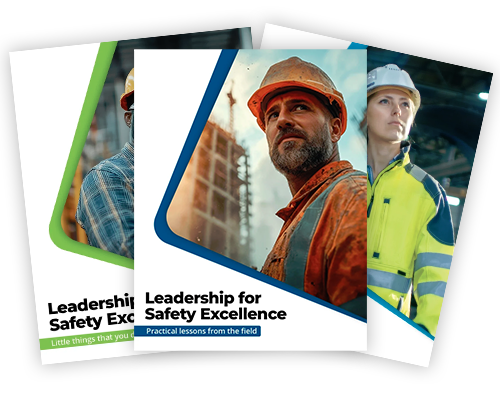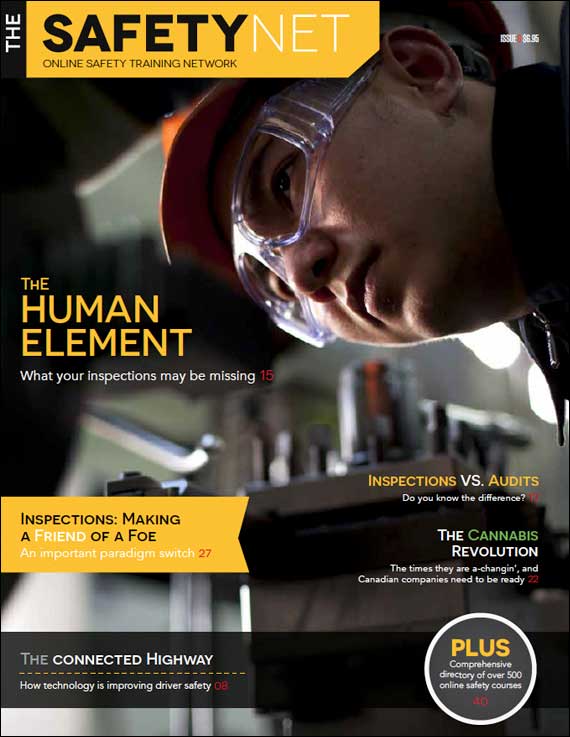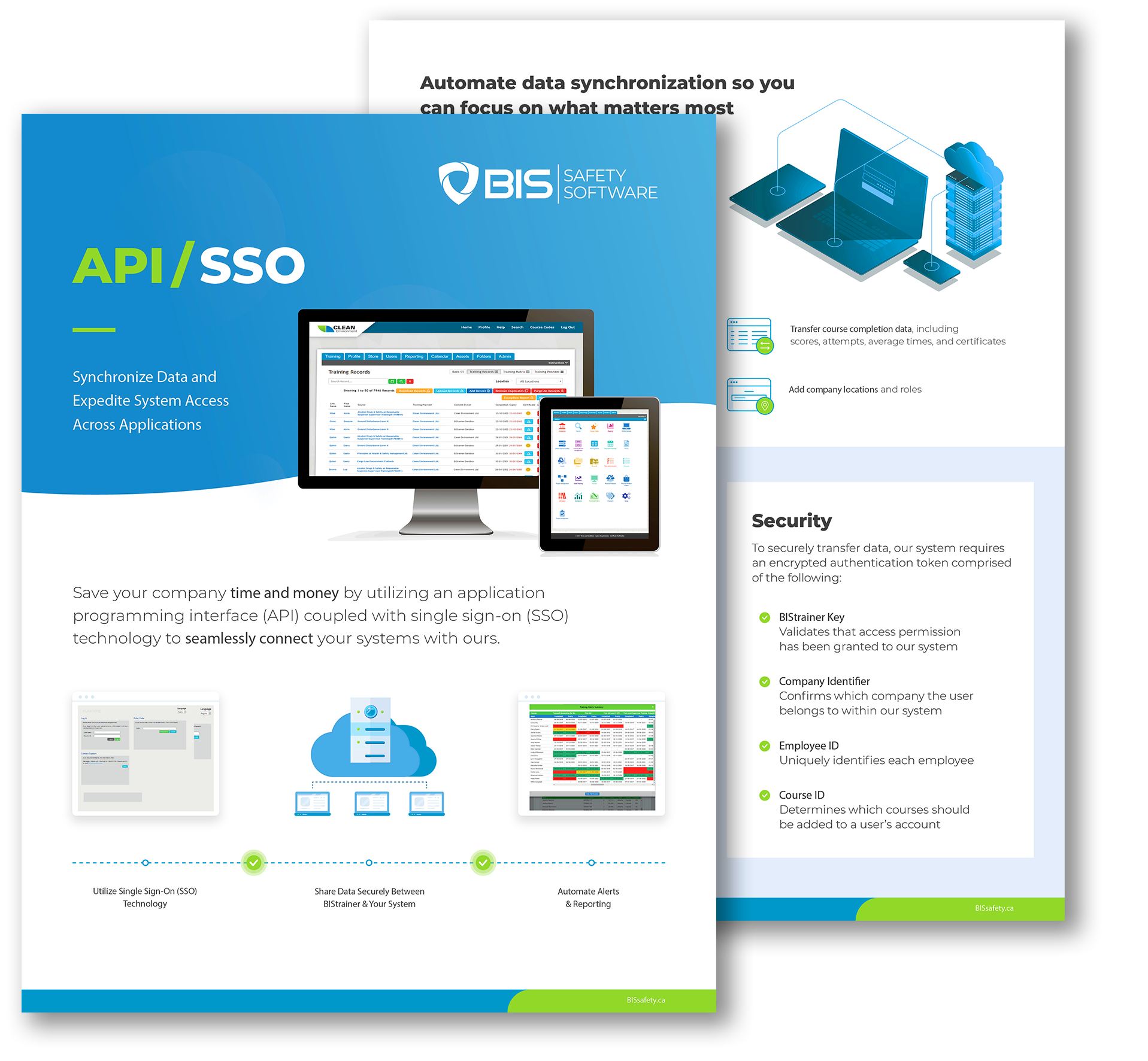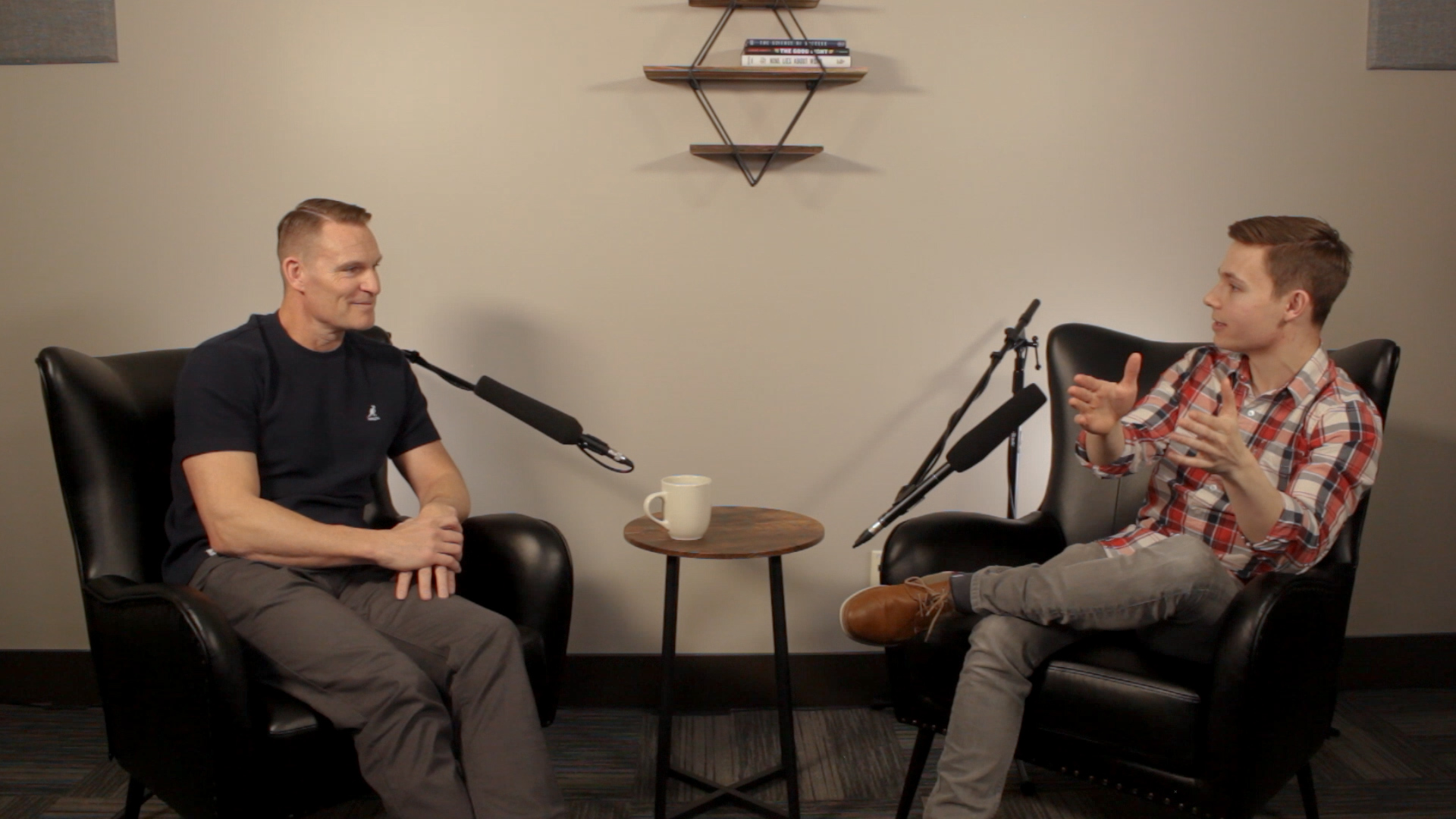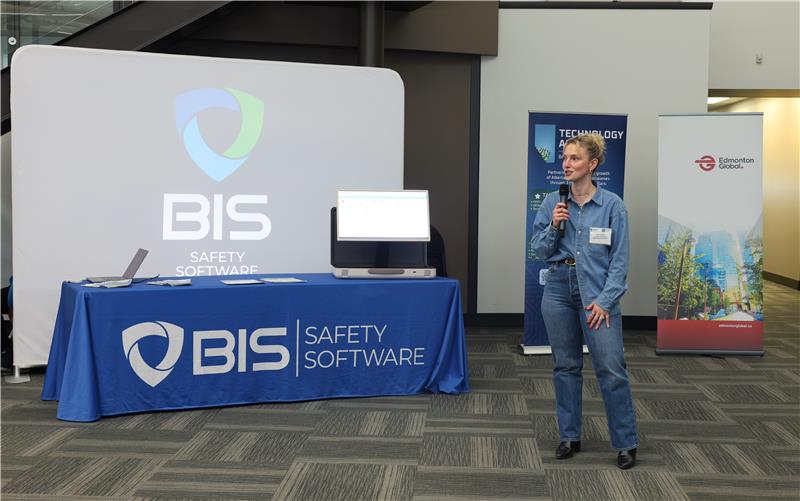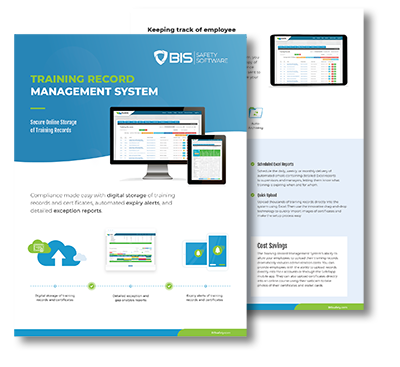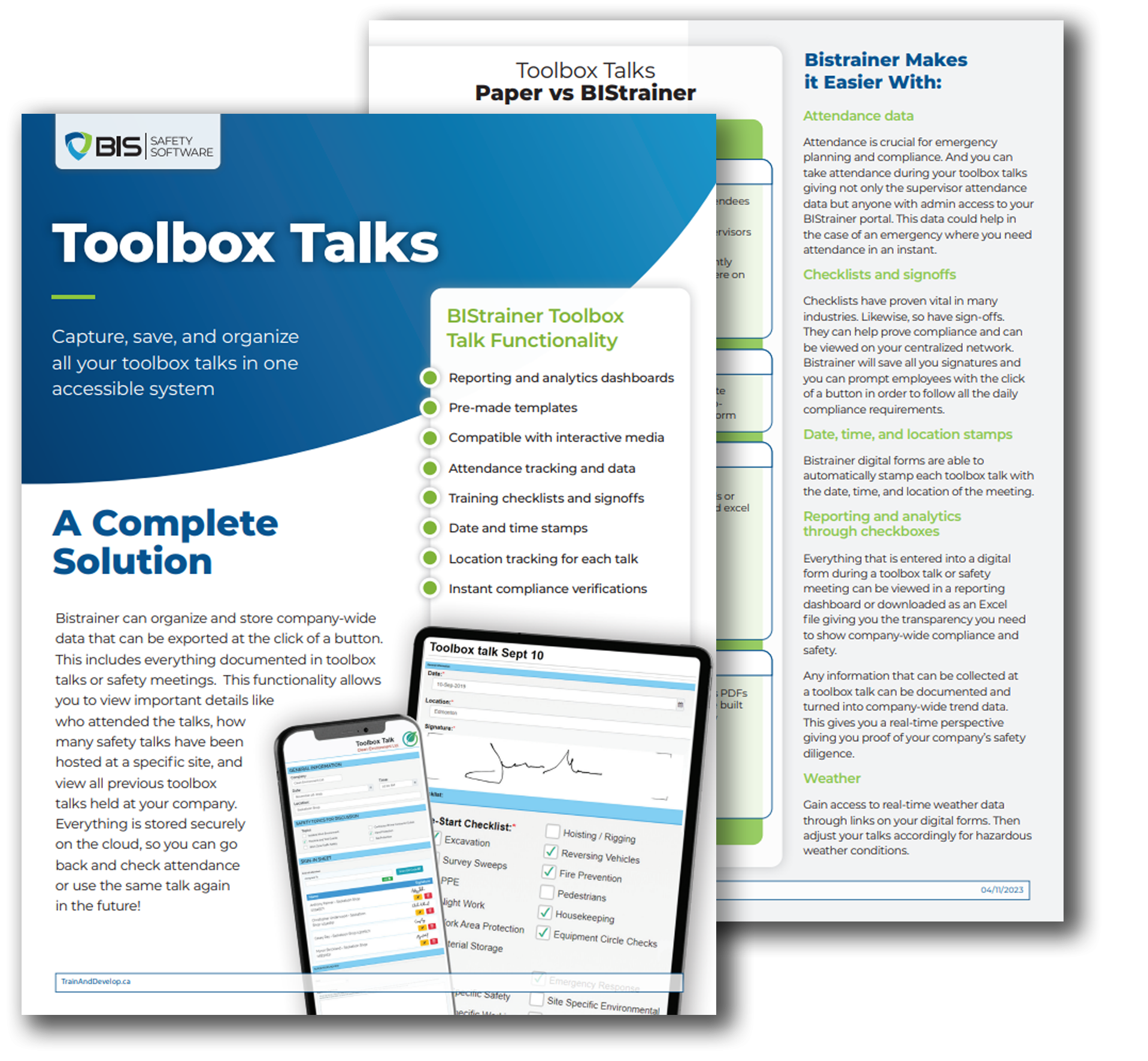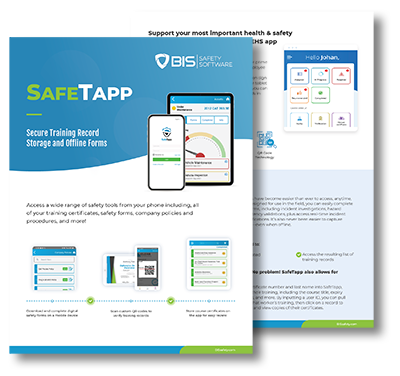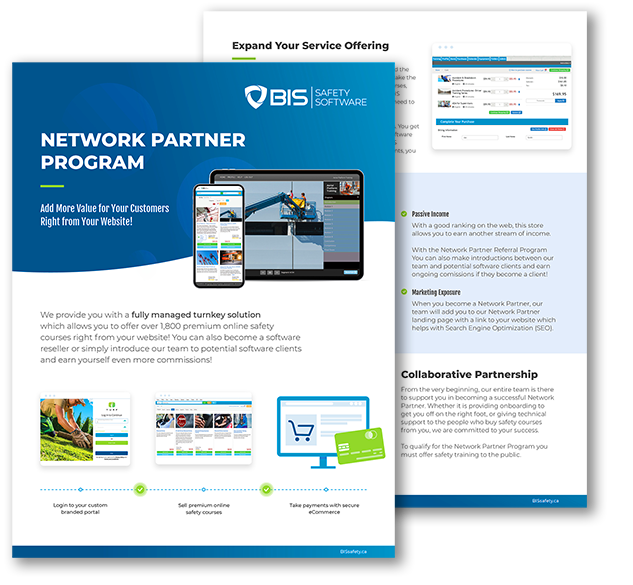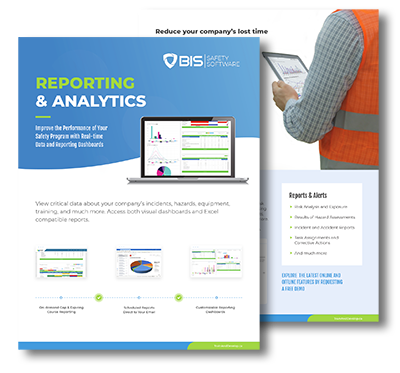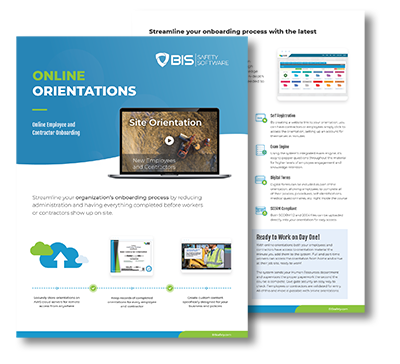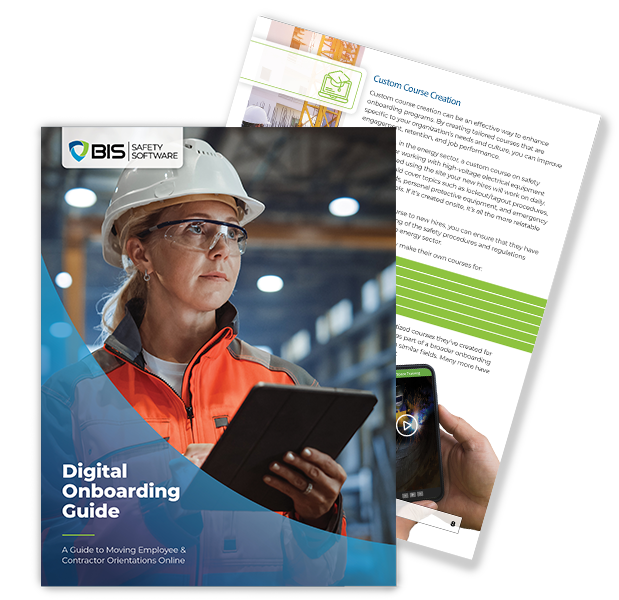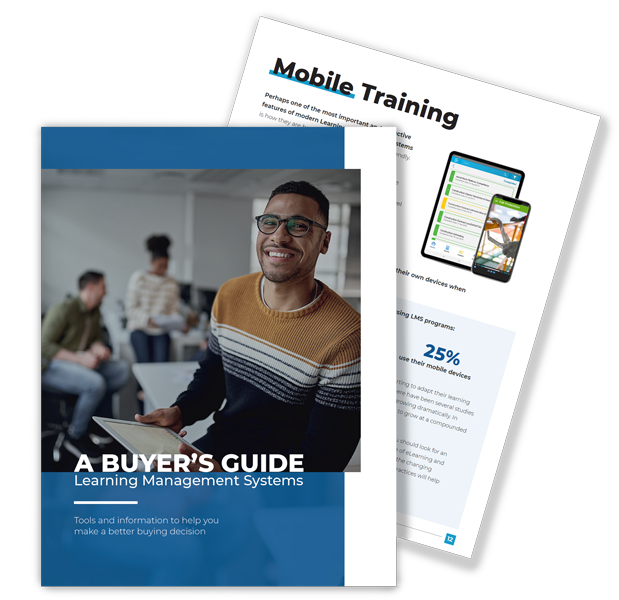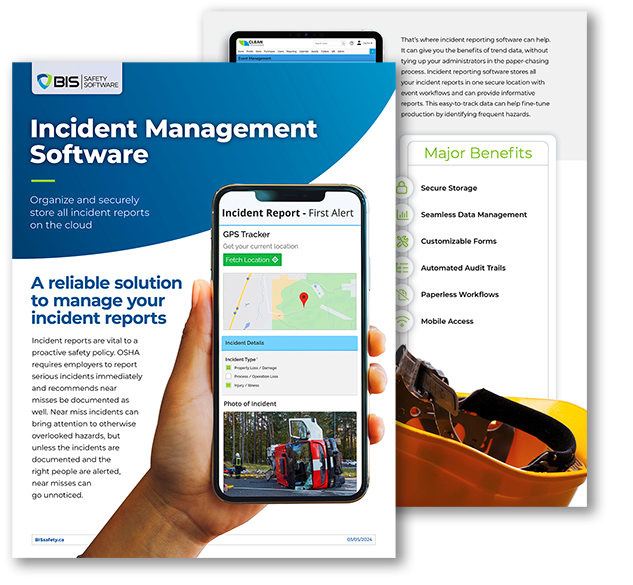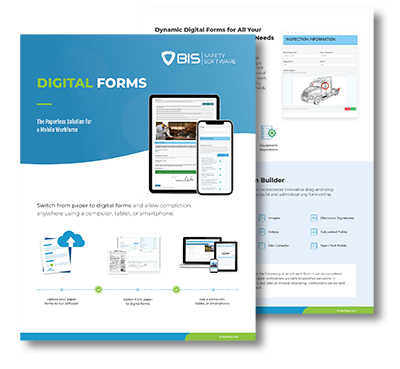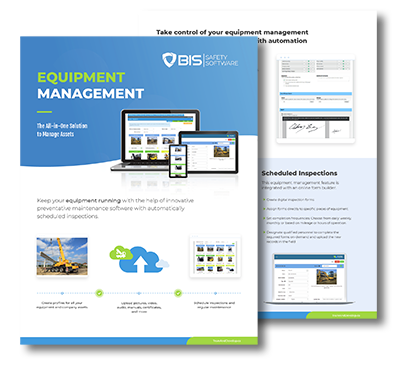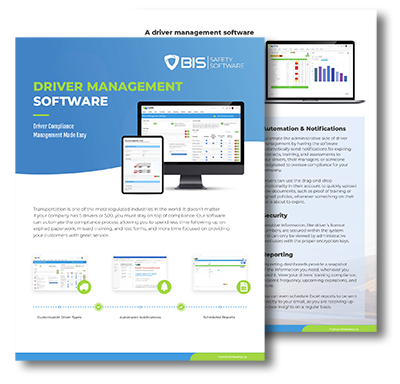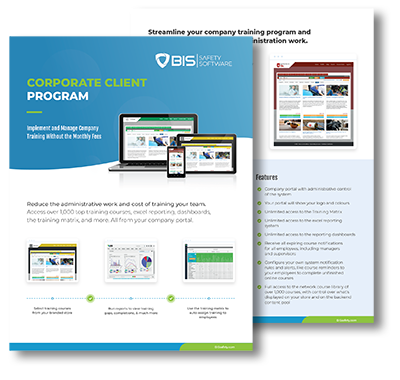The Universal Language of Risk: Lucca Filippo on Safety Lessons Learned Across Airspace and Labs

Luca Filippo shares his journey through aviation and biology, plus what it taught him about safety culture.
The Risk Paradox: Corrie Pitzer on Paralysis By Safety

Dr. Tom Krause shares lessons from decades in safety leadership—covering behavior-based safety, decision analysis, and why real change goes beyond blaming employees.
The Reinvention Blueprint: Veterans, Bankers, and Electricians Who Built Safety Empires

Aurora Innovation just launched a fully driverless freight service in Texas. It’s a big move for both logistics and workplace safety.
When Women Take the Mic in Safety Conversations

For decades, the safety industry has sounded like one voice: commanding, technical, and almost always male. But that’s shifting. And when women step up to the mic, something remarkable happens. They don’t echo the status quo
Smart Vests and Safety Helmets That Think: The Wearables Reshaping Jobsite Safety
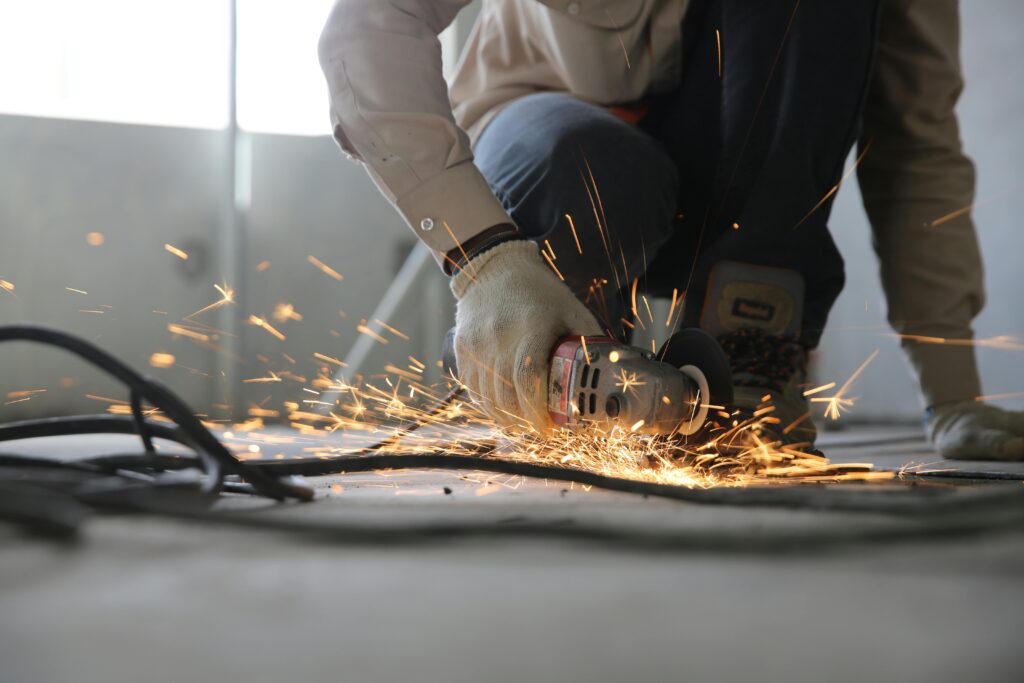
The Promise (and Limits) of Predictive Safety Analytics
Future-Proof or Fall Behind: Mike Schwarz on AI’s Tectonic Shift in Business & Safety

Mike Schwarz talks the break-neck possibilities and pitfalls of the AI Era.
Autonomous Trucks and the Future of Freight

You can log every incident. Chart every trend. Build dashboards so advanced they could pass for cockpit controls. But here’s the truth: you can’t chart trust. You can’t measure how safe someone feels bringing up a concern. And if your crew doesn’t feel supported, those carefully tracked numbers won’t mean much.
How Strong Safety Cultures Are Built—and Broken

Learn how companies like Alcoa and Kinder Morgan achieved safety excellence, discover key strategies to foster a safety-first mindset, explore common pitfalls that destroy culture, and understand why real leadership and employee engagement are critical to lasting safety change.
From Forest Ranger to Industry Insider: Sarah Anderson’s Fight for Safety

In this Customer Spotlight, Sarah Anderson shares her path from environmental advocacy to safety leadership in heavy industry, and how trust, AI, and influence drive real cultural change.
What Happens After an Incident?

Home Blog What Happens After an Incident? Why Post-Accident Reviews Matter By Aldynne Belmont Facebook Twitter LinkedIn An accident happens. Emergency protocols kick in—assist the injured, secure the area, file the reports. But after the dust settles… what next? Too often, organizations return to “business as usual” without pausing to ask the critical question: How do we keep this from happening again? That’s where post-accident reviews become essential. Not as a blame game—but as a blueprint for prevention. A roadmap for evolution. Done right, a review transforms mistakes into insights. It strengthens safety procedures and keeps teams protected, informed, and empowered Why They Matter: More Than Just a Report Every incident has a root cause. Maybe it’s faulty equipment. Maybe training fell short. Maybe someone felt rushed. Whatever the reason, if we only address the surface issues, we’re inviting the same thing to happen again—possibly with worse consequences. A thorough post-accident review doesn’t just answer “what happened?”—it answers why it happened. And that’s the only way to stop it from happening again. Even more, post-incident reviews send a strong message: Safety matters here. When workers see that their company takes action after an incident, they feel seen, heard, and valued. Trust grows. Reporting increases. Engagement follows. But if nothing changes? The silence speaks louder than words. What a Strong Post-Accident Review Looks Like Secure the SceneBefore anything else, make sure the area is safe. Protect workers from further harm before diving into the details. Collect the EvidenceVideos. Logs. Tools. Capture everything while the scene is fresh. Small details often hold big answers. Talk to WitnessesGet honest accounts—quickly and respectfully. Focus on facts, not fault. A no-blame environment encourages clarity and cooperation. Find the Root CauseLook past the obvious. Was there unclear communication? Unrealistic deadlines? Missing training? Real safety improvements come from deep understanding, not quick assumptions. Take ActionWhether it’s new procedures, better PPE, or refresher training, improvements must be tangible. Rules on paper don’t protect anyone unless they’re practiced on-site. Share the LearningsIf only leadership knows what went wrong, the rest of the team stays in the dark. Share findings across the organization to build collective awareness. Follow UpNew procedures mean little without reinforcement. Are the changes working? Are workers following them? Review the review—and adjust as needed. From Reaction to Prevention The best safety cultures don’t just react—they reflect, respond, and rebuild stronger. Every incident is a teachable moment. The organizations that treat it that way create environments where people feel safe, heard, and respected. And when safety becomes a shared value—not just a checklist—teams thrive. Engagement rises. Morale improves. Most importantly, people stay safe. Final Word: Learn Loudly. Improve Boldly. An accident is only a true, out-and-out failure if you fail to learn from it and do better next time. The most effective organizations treat every incident as a chance to improve, not something to sweep aside. Because safety doesn’t end when the report is filed—it starts there. BIS Social Media Stay connected with BIS Safety Software for the latest in safety innovations, training tools, industry insights, and company news. Click any icon below to follow us and keep BIS updates just a tap away. Facebook Instagram Linkedin Youtube Related Articles All Posts 360 Immersive 360immersive accident prevention Alberta safety courses Allan James Moore avoidable injuries awareness back strain BambooHR integration biometric sensors BIS Podcast BIS Safety Software black holes Brave Leadership burnout carbon monoxide chemical chemical vapors chronic injuries chronic pain Coming Soon community safety programs Compliance compliance courses compliance tools compliance vs protection Construction advocacy Construction education Construction industry construction safety training continuous safety improvement crane customized training daily trip inspection Danny Sellers data-driven safety digital forms Dr. Joanna Pagonis driver file management driver training early intervention EHS Einstein electrical safety emergency preparedness emergency response emergency supplies emotional training employee health employee safety employee training ergonomic risks ergonomics evidence collection exoskeletons fall protection field safety field safety services fire prevention first aid kit first week on the job first workplace injury fleet management frontline safety gravitational waves hand injuries hands-on training hazard communication hazard prevention hazard recognition Health & Safety Podcast hearing loss prevention heavy equipment safety hidden workplace hazards high voltage systems HR automation HR software human-centered safety humor in safety immersive learning Imposter Syndrome incident data incident investigation incident reporting industrial safety injury consequences injury prevention injury prevention tips injury recovery injury reporting injury response injury response plan internal audits invisible dangers Jennifer Lastra job site hazards job site risks job site safety Jody Young KBR Safety Training ladder safety Leadership leadership accountability leadership and empathy learning from incidents lifting techniques LIGO LMS lockout tagout lone workers mental health at work MI Safety minor injuries new workers no-blame investigations noise exposure Northern BC NRCA NSC Standard 13 occupational fatigue occupational hazards occupational health occupational safety oil and gas safety onboarding safety Online safety training organizational safety OSHA compliance OSHA standards overhead crane courses pain awareness personal protective equipment physics careers pipeline safety podcast post-accident review post-incident protocol PPE PPE enforcement PPE improvement pre-trip inspection pretrip inspection proactive safety measures. Professional development psychological hazards psychological safety repetitive motion injuries respirator safety risk management risk reduction road safety Robin Postnikoff root cause analysis routine task risks safety safety accountability safety advice safety article safety awareness safety best practices safety communication safety compliance Safety Conversations safety culture safety engagement safety follow-up safety gear safety habits safety innovation safety insights safety inspection Safety Leaders safety leadership safety lessons safety management safety management system safety metrics safety motivation. safety myths safety podcast safety procedure updates safety review process safety shortcuts Safety Spotlight safety systems safety technology safety theater safety tips safety training safety transparency silent dangers silica dust Sinogap Solutions slow-building hazards smart helmets space science supervisor training team communication Total Recordable Injury Formula toxic air training training courses training matrix training record management transportation Trust and Accountability unseen workplace threats vehicle safety veteran advice Virtual Reality VR safety training VR Technology wearable technology WHMIS witness statements women


